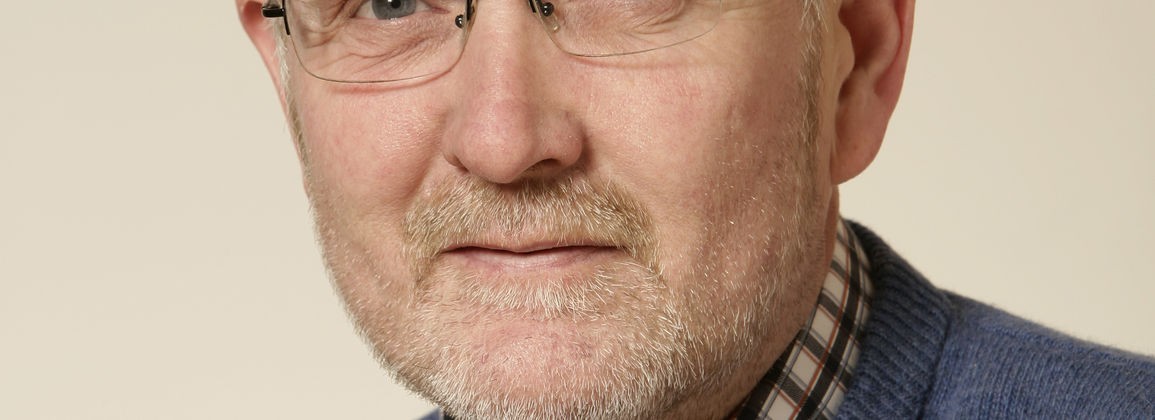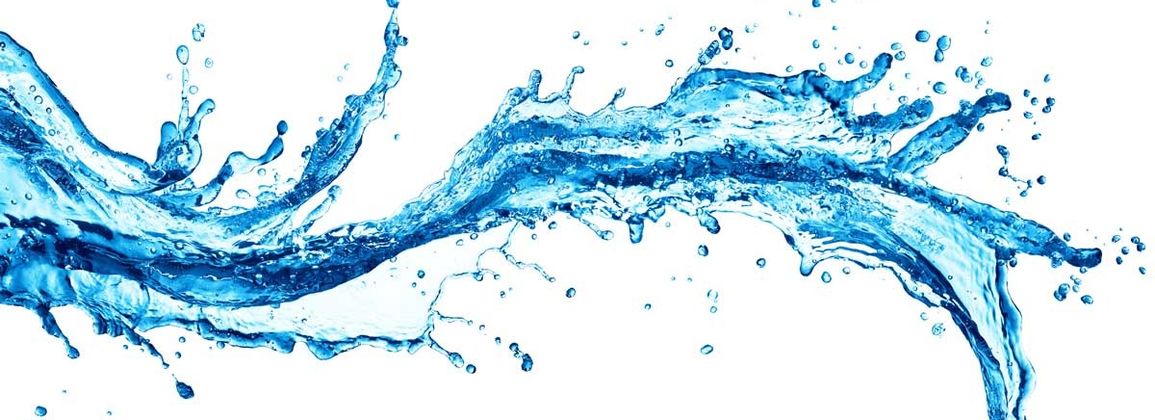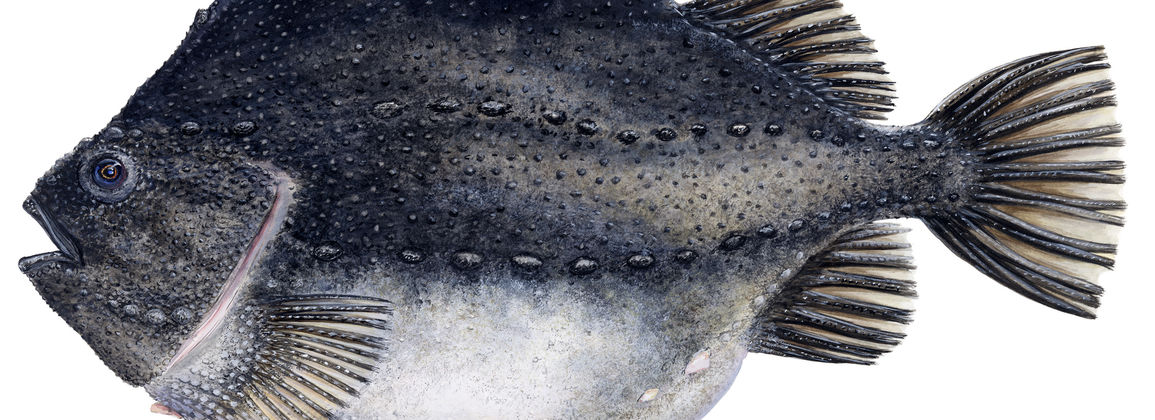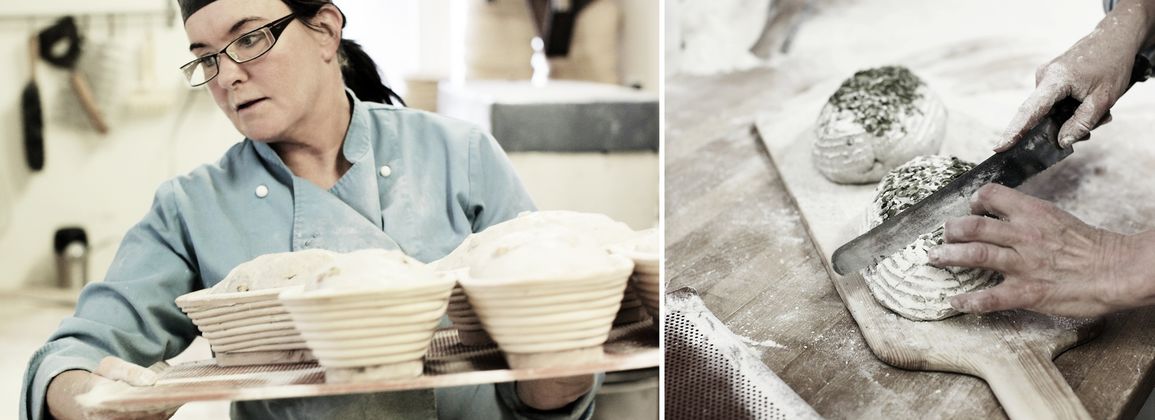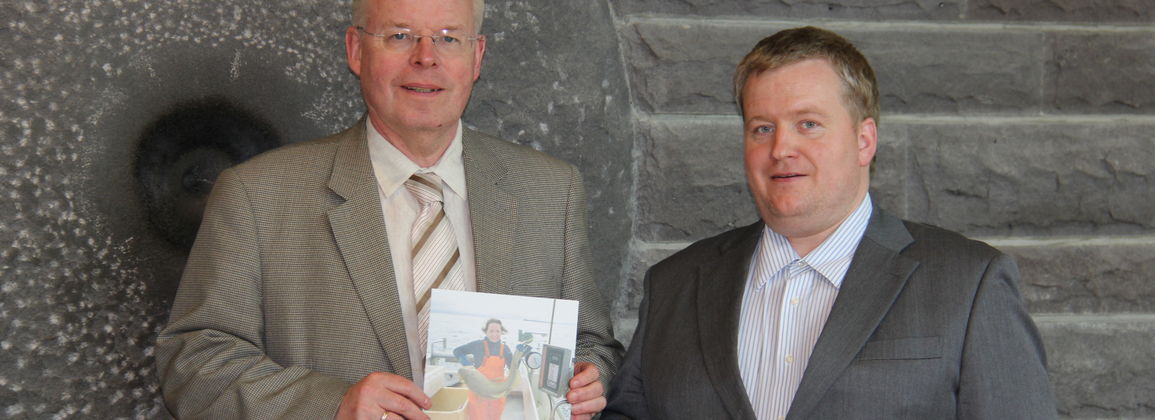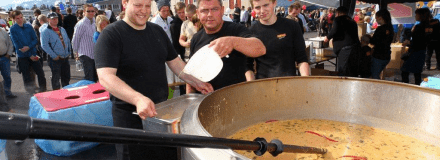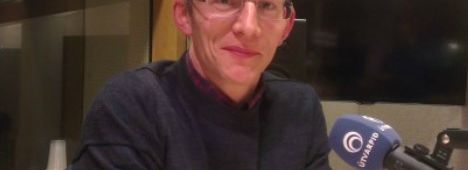Interview with Pál Gunnar Pálsson, who has followed the development of Icelandic consumer products from fish. But few such products are on offer and even fewer in exports. Why have Icelanders almost exclusively established themselves as raw material producers?
In connection with the Brussels Fisheries Exhibition every year, awards are given for innovations in various categories of seafood such as retail products, products for commercial kitchens and restaurants, convenience products, innovations in retail packaging, originality and for a solid product line. Winning an award at this exhibition is considered a desirable recognition, which attracts considerable attention and facilitates subsequent marketing. Páll Gunnar Pálsson at Matís has been following this competition for many years. He says he does not mention having seen an Icelandic company located in Iceland nominated for an award, and in light of that one can wonder why we did not rank among the best in innovation and product development.
"In Iceland, there is actually relatively little processing of products that can be called" value added products ", we have for some reason stuck in raw material processing for foreign large buyers, who use our raw materials to produce desirable consumer products where the origin of the fish is no longer visible," says Páll Gunnar.
"Some people claim that Icelandic seafood is the best in the world and sells itself more or less themselves, but we who have worked in the business know that this is not the case. There are large groups of people who put a lot of effort, from fishing to the market, to ensure that buyers and later consumers get first-class products on their plate. Behind our success in selling and marketing Icelandic fish is tireless work, research and product development. We have achieved enormous success in the handling of catch and processing of raw materials, where the main emphasis is on quality, efficiency and utilization. The technologicalization of fishing and processing is unique and, as a result, one may ask why there are no Icelandic brands in the consumer goods market or why we are not producing consumer goods to a greater extent in this country than is actually the case. "
Icelandic fish sold under foreign brands
But despite the fact that few consumer products are in production in this country at the moment, there was a considerable amount of production of retail packaging here in previous years. Páll Gunnar says that most of it, however, was poorly processed products, usually almost only pure fish, in fillets or pieces. "Unfortunately, the situation is that most of this packaging has left the country and the fish is mostly packed in larger units as raw materials in factories abroad or for large users such as canteens and restaurants. Undoubtedly, there is reason to believe that with this we are maximizing the profitability of the fishing industry, and it may be more cost-effective to leave factories abroad for assembly and packaging where the origin of the raw material disappears. "
Why have Icelanders not mastered the production of valuable consumer goods for the domestic and foreign markets? Is there no interest in Icelandic raw materials, are we too far from the markets or have we fallen asleep at the price and as a result suffered from considerable value creation?
The problem is neither distance nor customs
"It is often mentioned that we are too far from our main markets, but it now hardly stands up to scrutiny when companies from SA-Asia and America can be seen winning prizes in connection with the exhibitions. One argument for our poverty in the processing of marine products is that when composite products are processed in this country, we end up in customs and as a result do not face price competition. Almost all Asian and American countries have better agreements than Iceland with the European Union, but if that is the case then you really need to spit in your palms and avoid being cleared out of European markets, "says Páll Gunnar and adds:" In those three During the decades I have worked in the Icelandic fisheries sector, I have been involved in many projects related to the processing of consumer products for foreign markets, many of these projects were extremely successful and we often managed to build strong and good relationships with buyers. We managed to meet the market's strict requirements for quality, but what turned out to be more difficult was to ensure the right quantity at the right time as the fishing pattern did not always match the needs of the market, but it always started in the end. "
"The biggest enemy in this effort to produce consumer goods turned out to be price and exchange rate developments. When it comes to producing consumer goods that should be on store shelves at the right time and at the same price for the long term, long-term contracts need to be made. Prices in stores abroad are not changed unless this is taken into account and it is impossible to export Icelandic exchange rate fluctuations. Buyers can understand that it is difficult to always have the right species in the right quantity at the right time, because raw materials from wild fish stocks are being obtained here, but when it comes to requests for price changes due to changes in the Icelandic króna, we do not meet the same understanding. “

The graph above shows the price of loose frozen cod fillets in 1 kg. packaging at a large company in Germany, but the sales price of this product has not changed since January 2009 to the present day and costs 16.95 € / kg, but based on Icelandic krónur, the price has fluctuated by tens of percent. So it is obvious that production in this country at such a variable return price is not simple.
Icelandic raw materials have an advantage
Is it then possible to conclude that the currency is our accelerator? "There is a lot to think about when drawing big conclusions and not everyone agrees that the currency is our main enemy in this matter, as the Icelandic króna is certainly not the only one responsible for the fact that Icelandic seafood is not seen among them. the best when it comes to product development and innovation for the consumer product market. But instead of being ashamed of why we do not have products and companies among the best in the consumer goods market, it would be better to ask what we need to do to get there. And we also wonder if it is interesting and economical to produce products that are considerably more valuable than what we are doing today. Certainly it is not done without additional costs, because with added value you have to add costs, investment, additional raw materials, wages, etc., but it is also needed in the factories abroad, so why not here, where the fresh raw material is available. "
But is this expedition worth anything, is the uniqueness of Icelandic seafood real? "Having access to fresh raw materials should be able to create a considerable advantage over those who have to rely on frozen raw materials of varying quality, a connection to the source and the positive aspects that Iceland has to offer should not be damaged either."
Icelandic products have made their mark on foreign markets
Páll Gunnar says that the increase in value takes place as the share of fish in the final product decreases and the convenience of the consumer increases. He says that value creation will be not least when it comes to jobs in production, product development and marketing. "It is a great pity that we have not been able to maintain and further develop the small package processing that was started in this country in the eighties of the last century. Millions of units of consumer packaging were being produced for some of Europe's most well-known brands. "
"In recent years and decades, we Icelanders have invested heavily in a variety of research on the handling and primary processing of marine products, but we have invested very little if any in research on foreign consumer products, we need to know the expectations of consumers who eventually eat our fish. we pursue strong product development and innovation. We can not continually improve utilization or increase productivity and the quantity we are so fond of watching will not become much more, it needs to increase the path of processing and knowledge of the needs and expectations of consumers. There is a lot of talk about the food country Iceland and there are probably many opportunities ahead of us in that field, but how are we going to make that vision come true? "
It will not be enough to just look at what we can do to produce more, we must invest in knowledge, product development and marketing and last but not least to ensure Icelandic products access to foreign markets, the distance from crowded consumer markets alone is quite a big enough threshold even though we are not building more and bigger ones.

